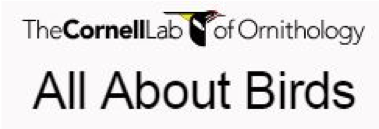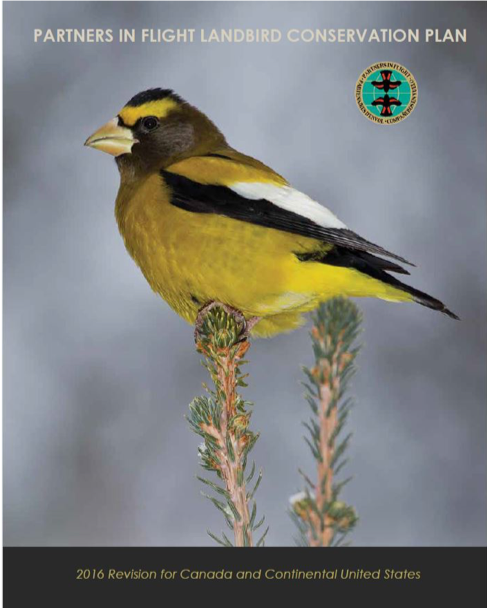Pilot Area
To begin developing this toolkit, we required a manageable geographic area. Using the U.S. Fish and Wildlife Service’s Baltimore Rivers to Harbor Urban Refuge boundary, the Baltimore Beltway, and the Gwynn’s Falls watershed, we focused on a southwest portion of Baltimore City and created a manageable scale for enhancing a habitat corridor. This overlapping area includes Gwynn’s Falls Leakin Park - one of the largest urban wilderness areas on the East Coast, and Masonville Cove - a successful wetland restoration and bird sanctuary.
Species Maps
As part of the decision making process for our ambassador species list, we completed a spatial analysis of all potential animals. We first used historical habitat ranges to include species that are native to, or migrate through, Baltimore City. We then confirmed that the potential species had been observed in the area within the last five years. This data was downloaded from the Global Biodiversity Information Facility database, which collects observations from citizen-science sources as e-Bird and iNaturalist, as well as museum records and public institutional data.
View interactive species maps on their respective habitat pages. Some species are not on the map because there are no publicly logged data observations. This highlights the importance of sharing critical biodiversity data!








